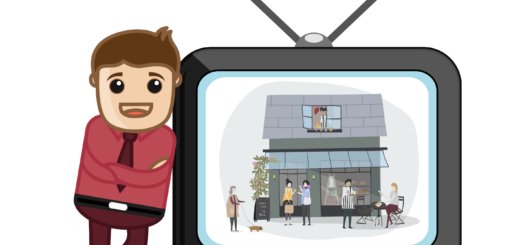How to Instantly Learn New Words in English
As I shift through academic and research literature on English as a Second Language I notice that academics and researchers often have a limited perspective on learning new words or new vocabulary. Statements like this are common:
Learning and teaching vocabulary is based on meaning which in second language learning and teaching might be given via translation or synonyms, depending on the level of the learner.
Words, words, and words! The process of learning vocabulary seems to be all about consciously processing the words, whether that’s through translating into our native language, or if you are more advanced, making sense of meaning by relating it to other words you know in the second language (a definition). These are essentially the only two ways vocabulary in taught in traditional classrooms.
The problem with these methods is that they they take a lot of brain power. They require enormous amount of cognitive processing.
Let me give you an example. Here’s a definition of a word that you likely know:
a plane figure with four equal straight sides and four right angles
What is it?
Think about it.
Do you know what it means?
What word is it describing?
How long did it take you to figure it out?
Okay, now let’s look at another method of learning vocabulary that’s seldom or never used in classes. I’m not going to use words for this task.
Do you know what it is?

Now let’s compare the two methods…
How long did it take you to understand what a “a plane figure with four equal straight sides and four right angles” was?
It probably took your brain several seconds to process those words and understand the concept. You had to recognize the shape of the letters, translate those letters into sounds, form the words, figure out the relationship of the words in the sentence and then try to make sense of or visualize what that sentence meant.
How long did it take you to understand what the image was?
Milliseconds.
You saw it, you got the meaning almost instantaneously.
You experienced another way of learning vocabulary: You had a direct experience. Both methods communicated the meaning of “square”, but the first method was abstract and required your brain to do a lot of hard work. The second method was concrete and experiential. It mostly bypassed the need for any complicated processing.
So there is a third way of learning vocabulary that is most often ignored by academics: Associating the sound of the word with a direct experience of the concept.
It works! This is the primary way you learned words as a child.
Your mother asked, “Do you want milk?” Then you heard her pouring the milk into a glass; you saw the white liquid; you felt the coldness of the glass in in you hands as you put it up to your mouth; you noticed the smell of the milk as the glass came under your nose; and you tasted it as the liquid rolled over your tongue. It was a complete sensory experience. This all happened in a context of love and nurturing, perhaps while you were having feelings of thirst. It happened in a particular environment, maybe a bright kitchen with the sunlight streaming through the windows.
You heard the sound of the word “milk” and simultaneously had an experience of milk. The sound and the concept were tightly wrapped together and firmly imprinted into your brain. And today, that’s what the word milk means to you: The sum of all your experiences with milk. It doesn’t mean “an opaque white fluid rich in fat and protein, secreted by female mammals for the nourishment of their young.”
Why do we not apply this fundamental methodology for learning vocabulary and meaning to the English language learner in our classroom?
There are lots of reasons. A primary reason we don’t do this is because it’s extremely challenging or even impossible to always give students rich multi-sensory experiences that convey meaning, especially within the confines of a sterile classroom. So we default to the only tools we have at our disposal: Translation, definitions, and synonyms. They are not effective tools, but they are the only tools you have in your classroom to get the job done.
Is there any way we can give students more direct experiences to convey meaning?
Use realia. Use concrete objects as much as possible in activities. If you want to talk about going to a eating a meal, then actually bring plates, utensils, glasses, etc. into your class.
If you can’t get the real thing, then use pictures. Do a Google lookup for your word and look at the associated images. That gives you lots of concrete examples of meaning in a cultural context.
Role play. As a teacher you need to perform. If you are talking about sadness, then act really sad. If you are talking about apologies, then act apologetic.
Multimedia. Watching movies is about as close as you can get to having a real experience. When watching an engaging story onscreen, students project themselves into the characters and experience the sensation and emotion of the characters in a very real visceral way, even though they know it’s not real.
The All English hyper-immersion program uses video to tell engaging stories that give English learners the closest thing they can get to a direct experience of language. Be sure to subscribe to the All English newsletter to get announcements regarding the release of the program.













